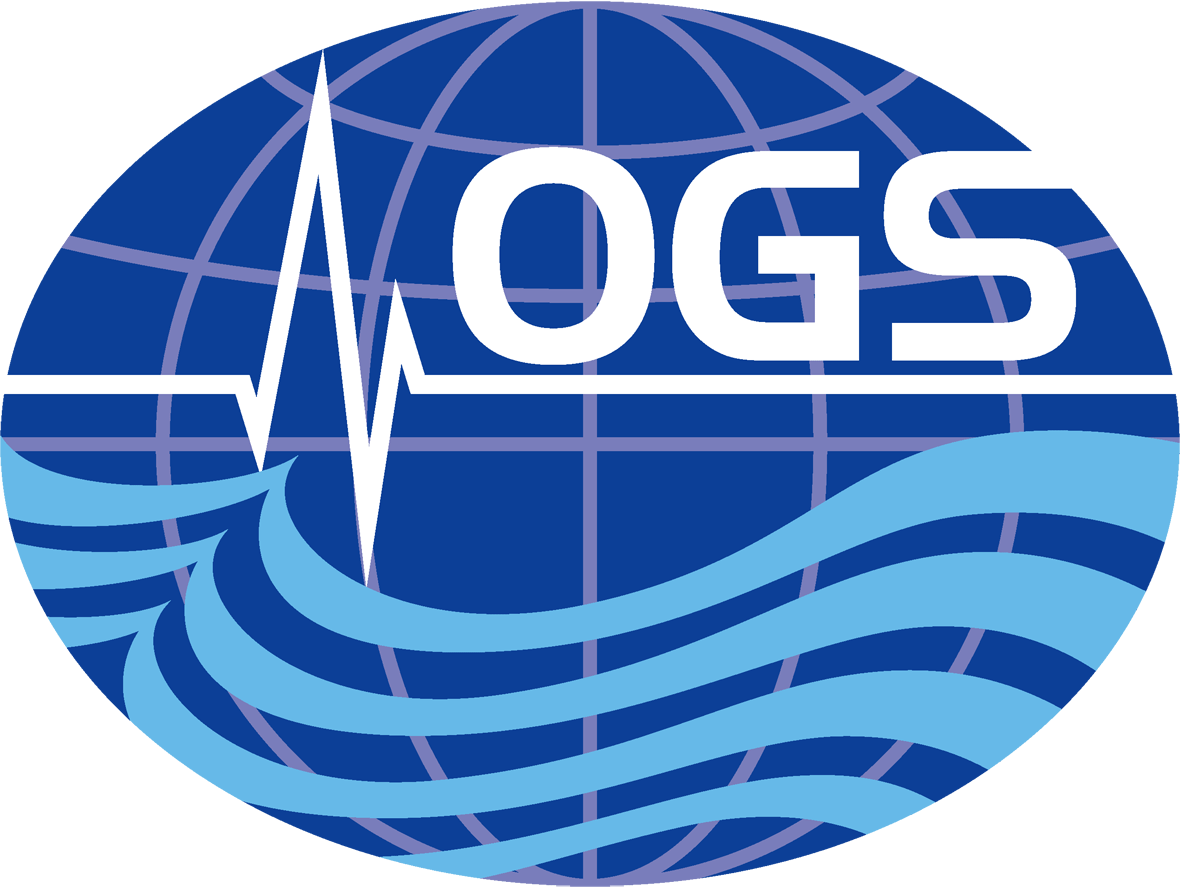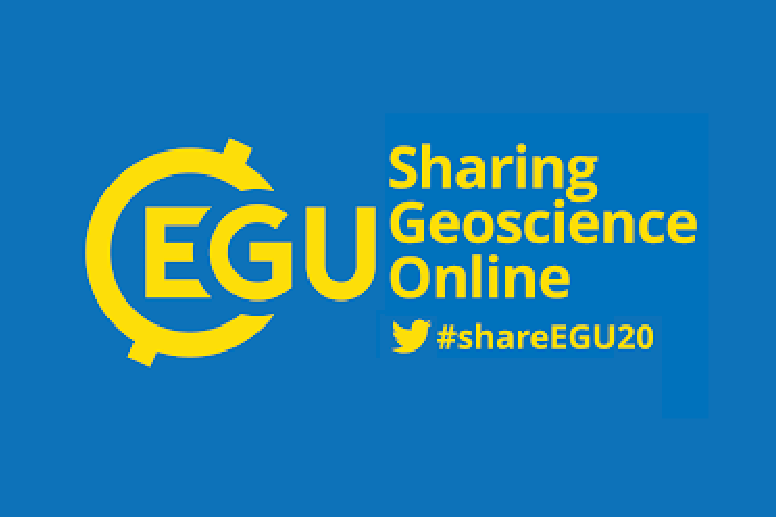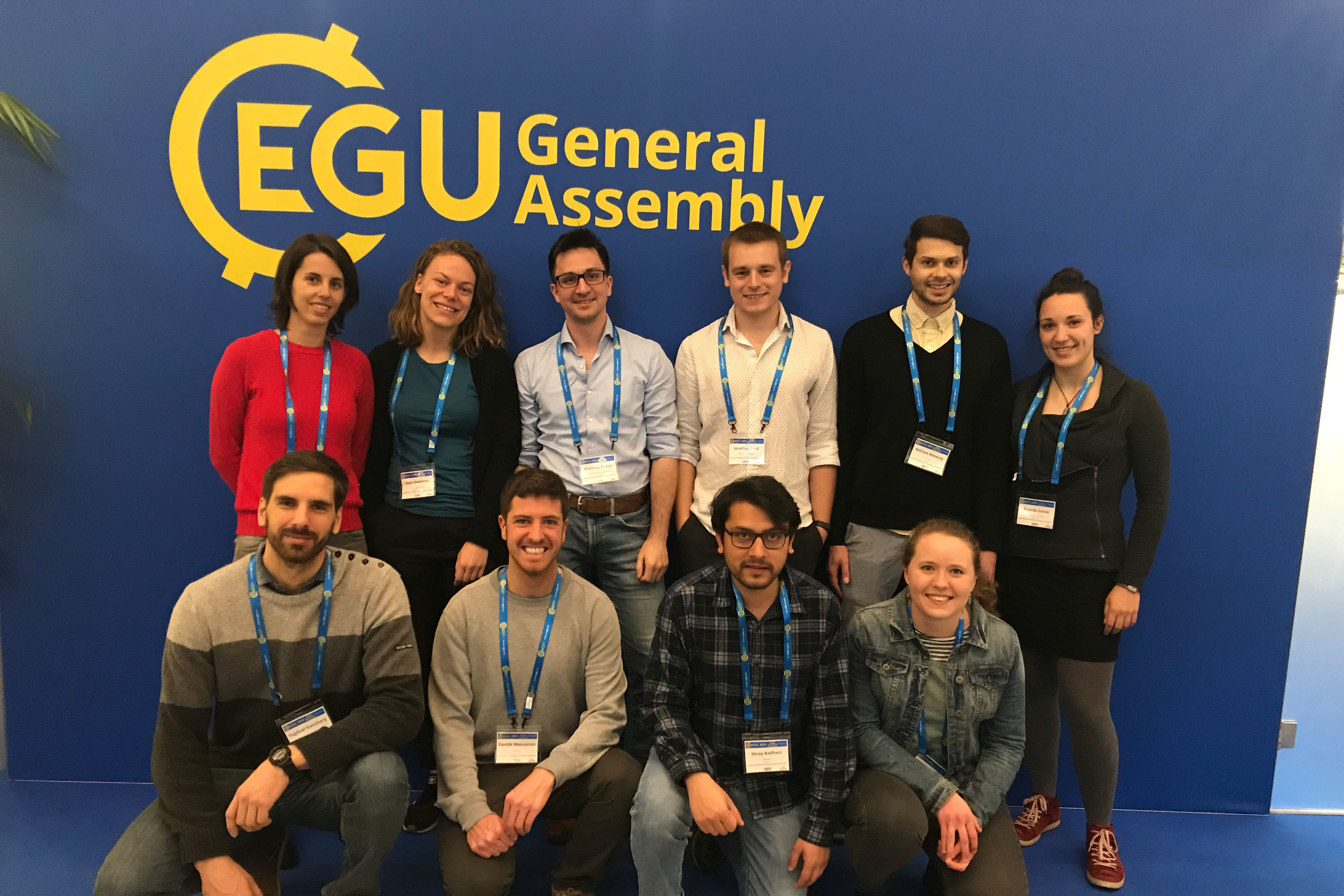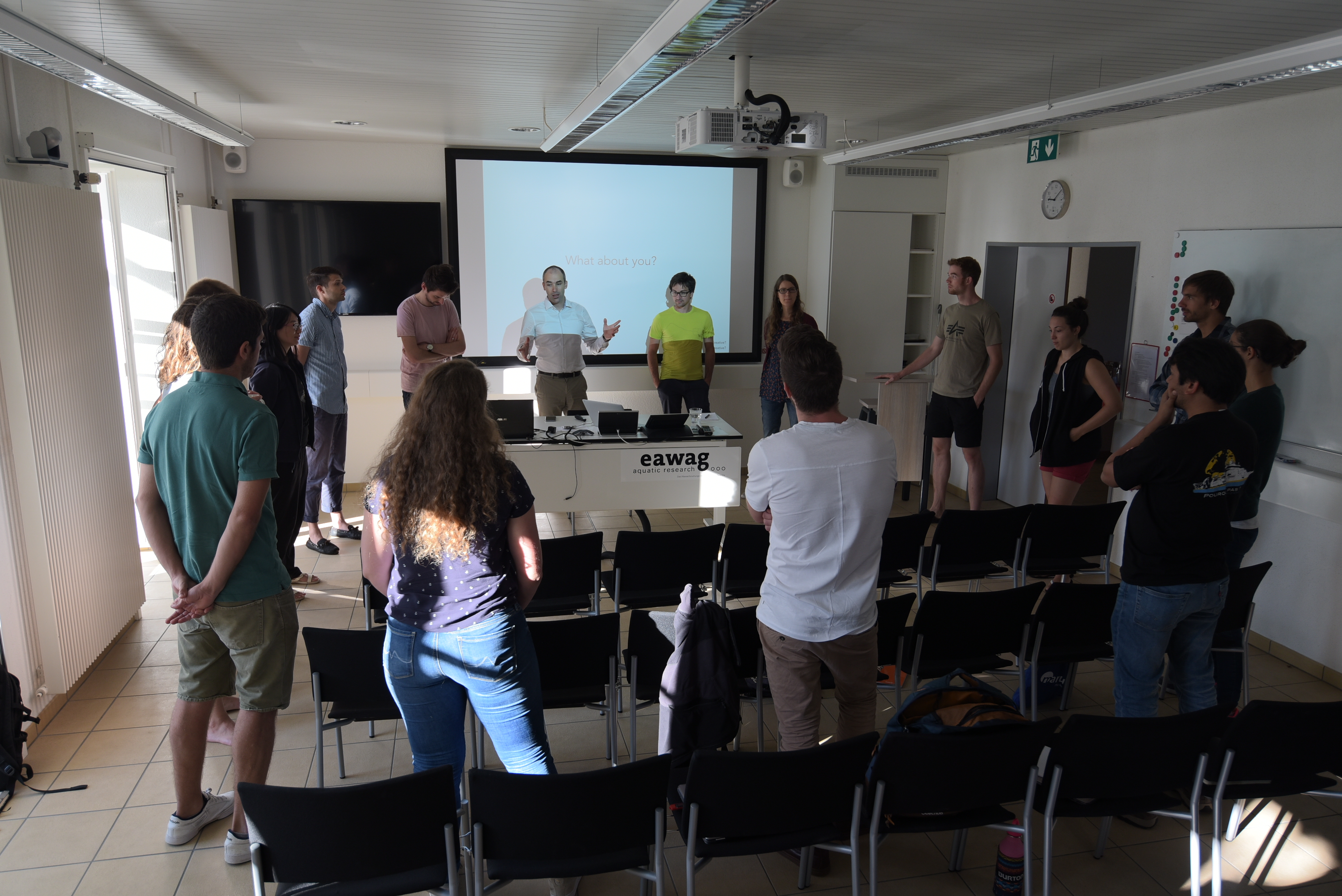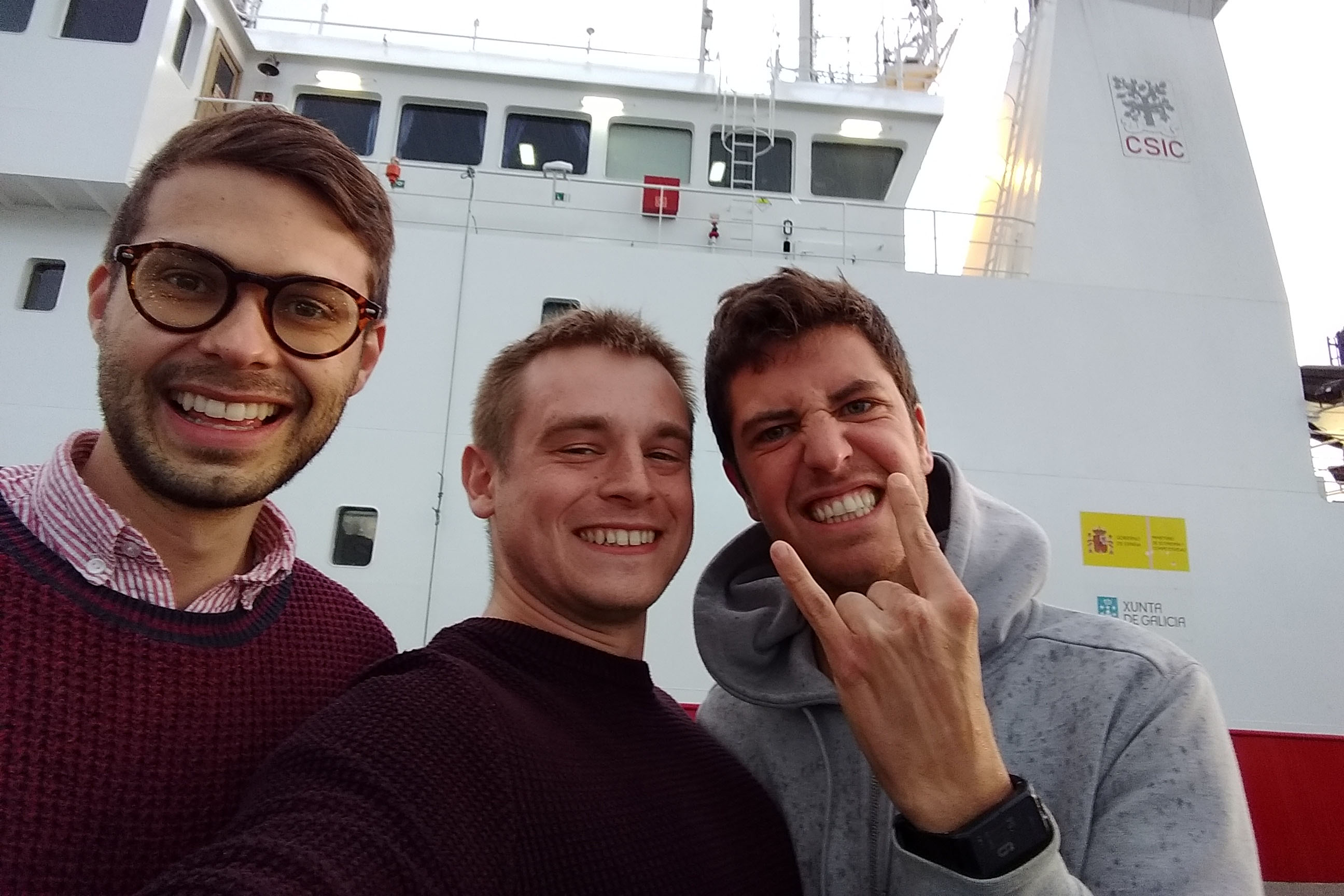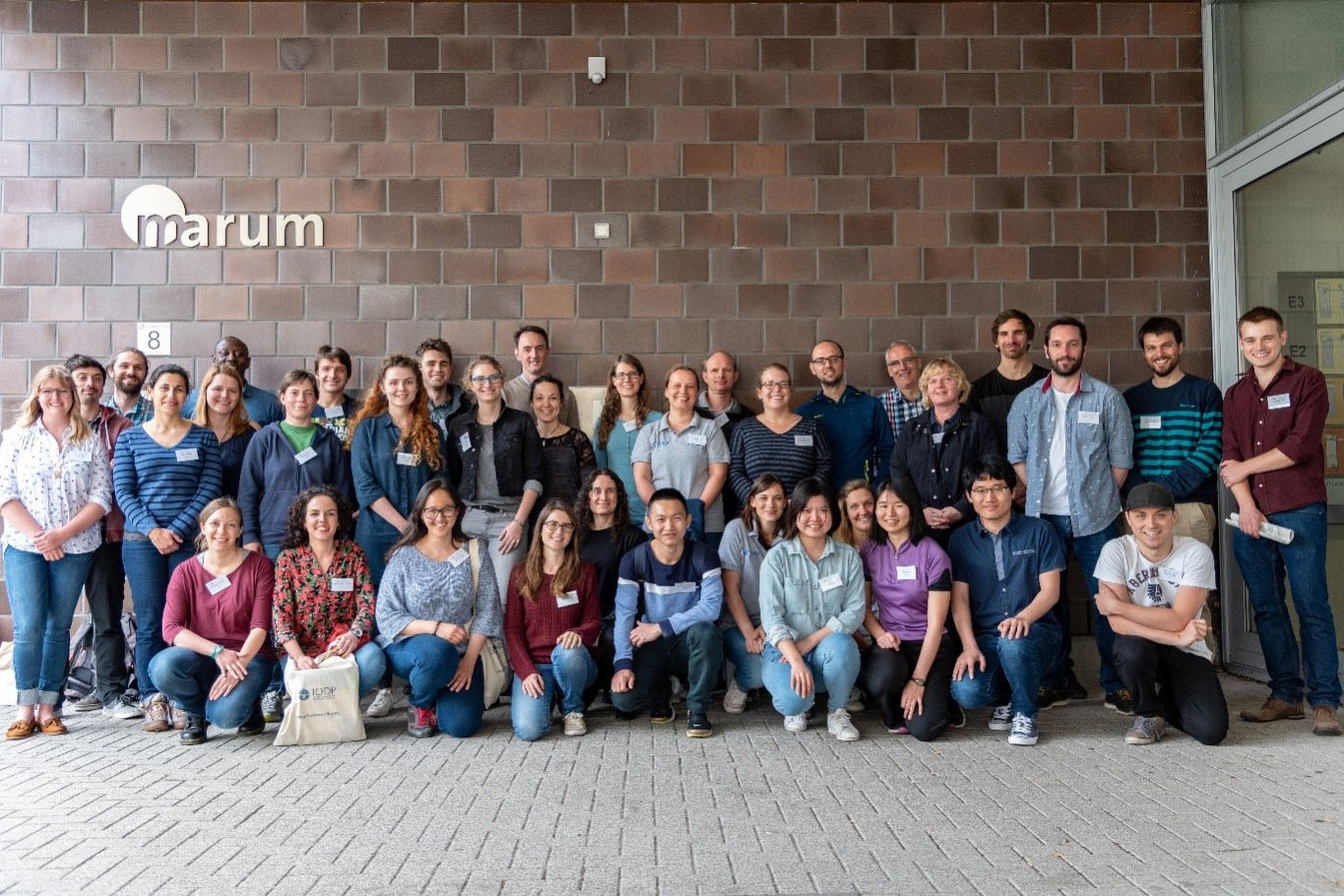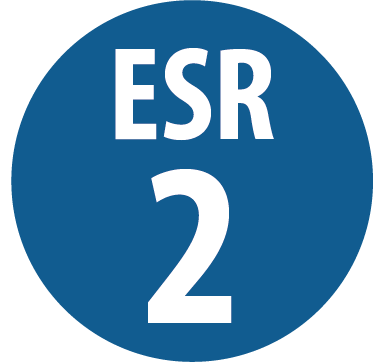
Geophysical characterisation of submarine landslide deposits
Jonathan Ford | OGS Trieste
Research
Submarine landslide deposits have a characteristic “acoustically transparent” or “chaotic” texture in seismic and sub-bottom profiler data. However in outcrop examples we often identify seismic-scale structure: folding and faulting, lithological boundaries and included blocks. Landslide deposits differ from other sediments because they can show strong lateral deformation due to sliding. Slide processes can also alter the lithology and petrophysics properties. This project aims to investigate the main structural and petrophysical controls on the seismic response.
I am using information from outcrops, downhole logs and cores to build realistic high resolution visco-elastic models of submarine landslide deposits. Randomly varying the parameters allows us to model a range of realistic landslide scenarios. Using seismic forward modelling we can compare this known geology to the geophysical response.
Better understanding seismic wave propagation inside submarine landslide deposits will allow better seismic imaging and give a fuller understanding of seismic resolution. This will assist interpreters studying the internal structure of these deposits. In the future we hope to be able to estimate elastic properties of slope sediments (pre- and post-failure) directly from multi-channel seismic data. Using this information we can estimate shear strength and the likelihood of further slope failure. This would allow better estimation of submarine landslide hazard to seafloor infrastructure and to coastal populations from tsunami.
- Angelo Camerlenghi (OGS Trieste)
- Gian Andrea Pini (UNITS Trieste)
- Roger Urgeles (CSIC)
- Francesca Zolezzi (RINA Consulting)
TEAM
NEWS
2020
@ Sharing Geoscience Online (4-8 May)
ESR 10, ESR 2, ESR 4, ESR 5, ESR 6, ESR 9, News
The biggest geoscience conference in Europe went online this year – but did it work? Read what our ESRs thought about this year’s EGU General Assembly, as conveners, authors/presenters and visitors.
2019
@ Vienna, Austria (07 – 12 April 2019)
Conferences, ESR 1, ESR 12, ESR 13, ESR 14, ESR 15, ESR 2, ESR 3, ESR 4, ESR 5, ESR 6, ESR 7, ESR 8, ESR 9, News
ESRs share their experience at the EGU General Assembly 2019 hosted in Vienna, Austria. Posters, oral presentations, PICOs and much more.
2018
expert courses
Courses, ESR 11, ESR 12, ESR 2, News
Being a scientist does not only mean doing hard science everyday – it also requires presenting it to the public. In this third post in the ‘Lake Lucerne Workshop’ series Jonny (ESR2), Monika (ESR11) and Will (ESR12) share their experience of the expert courses on science communication.
@ RV Sarmiento de Gamboa
ESR 12, ESR 2, ESR 6, News
To acquire data for their individual ESR projects, William, Jonathan and Davide recently participated in Leg 1 of the INSIGHT cruise in the Gulf of Cádiz. Read more about their experience and tasks during the expedition and the scientific impact for their own research. They imaged and sampled the seafloor and its subsurface to better understand the earthquake and tsunami hazard in the Gulf of Cadiz.
@ MARUM, Bremen, Germany
ESR 11, ESR 2, ESR 3, ESR 4, ESR 6, ESR 7, ESR 9, News
From 23rd to 27th April, a group of seven SLATE ESRs participated in the ECORD Training Course 2018, which took place at MARUM – Center for Marine Environmental Sciences, Bremen. This one-week course provided a “Virtual Ship Experience” and prepared the young researchers for sailing in an offshore drillship expedition.

